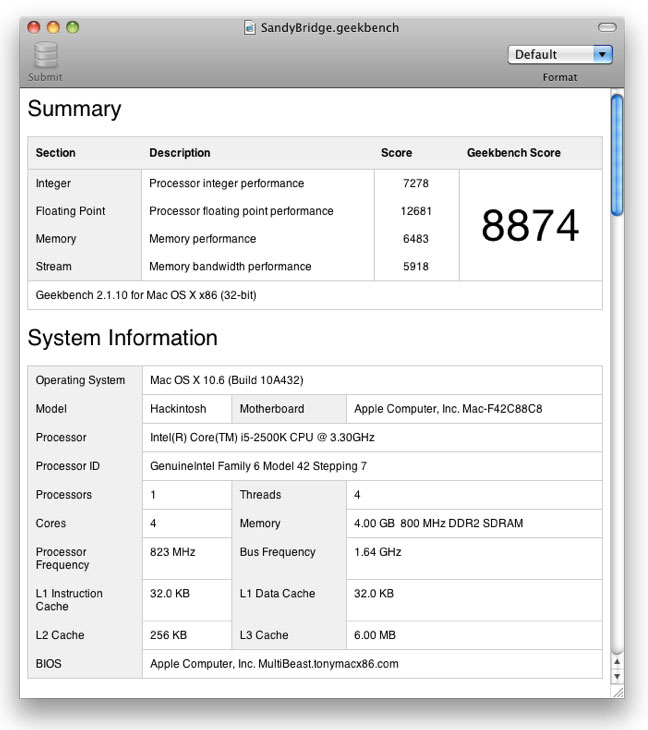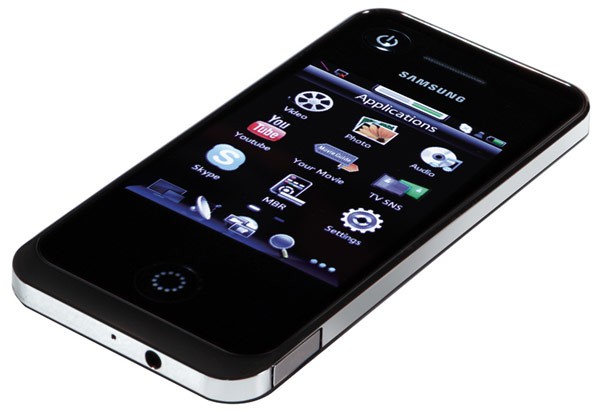If you think 2011 is going to be the year that Intel’s Light Peak standard homogenizes the connections of your iMac into one tidy standard, think again… according to LaCie, it’snot even close to being ready for prime time.
“Intel has been the driving force for this technology. What we know for sure about Light Peak is that we know how to spell it,” LaCie’s senior engineer Mike Mihalik told PC World. “And that it’s intended to be a high-speed interface and it will support almost any protocol for transferring information from A to B.”
What;s the problem? Well, even though Light Peak will, in theory, obviate all other types of connections, including USB 3.0, it’s still just a lab experiment… despite the fact that Intel said it’d be in shipping products this year.
“Development needs to continue and we need to debug before we can turn the technology into a product,” reports Mihalik.
This is depressing news to guys like me, who assumed Apple’s reluctance to embrace USB 3.0 was due to their intent to leap frog directly to the more flexible Light Peak standard. They may still do just that, but it looks like we’ve got a couple years yet before we see it.


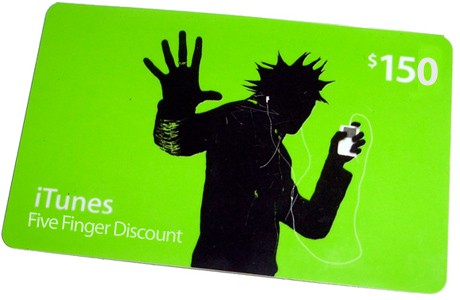
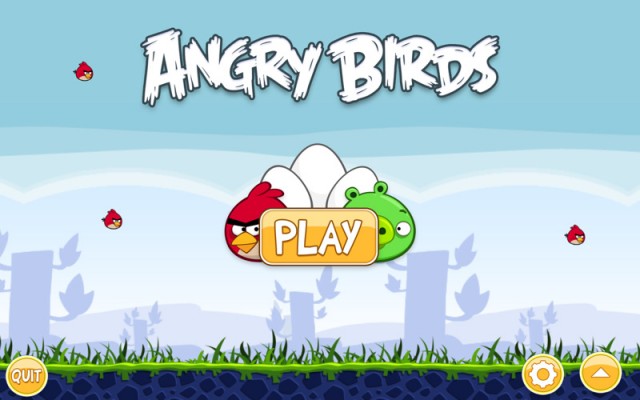


![Essential Utilities for Mac Maintenance and Troubleshooting [MacRx] Mac-Utilities1.jpg](https://www.cultofmac.com/wp-content/uploads/2011/01/Mac-Utilities1.jpg)
![Exclusive Sneak Peek of Boxee’s iPad App [CES 2011] cult_logo_featured_image_missing_default1920x1080](https://www.cultofmac.com/wp-content/uploads/2022/04/cult_logo_featured_image_missing_default1920x1080.png)
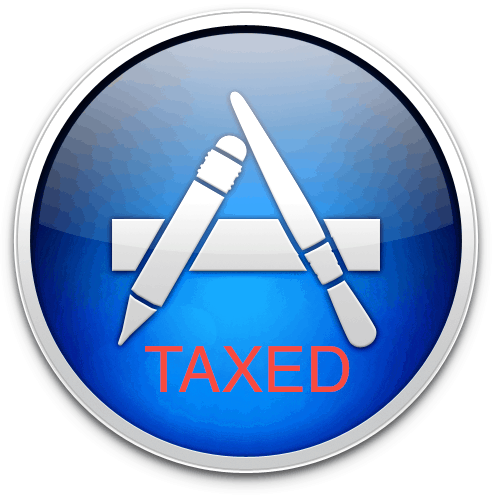
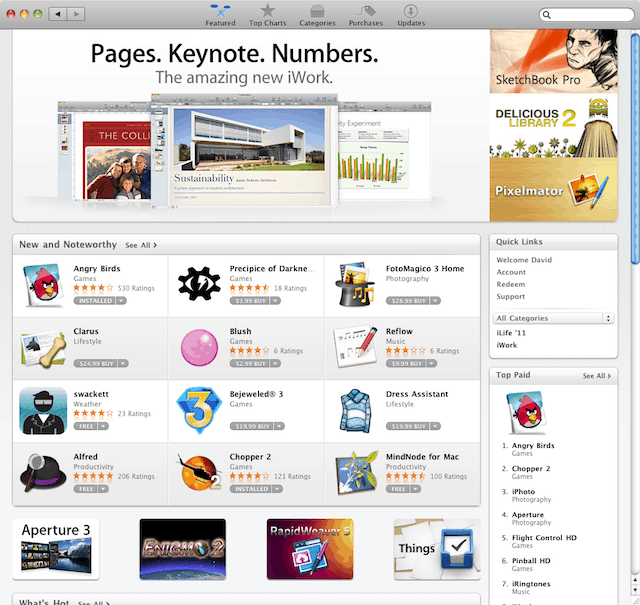
![What’s Holding Back The iPad In Enterprise? [CES 2011] Stephen_Broscoe1.jpg](https://www.cultofmac.com/wp-content/uploads/2011/01/Stephen_Broscoe1.jpg)
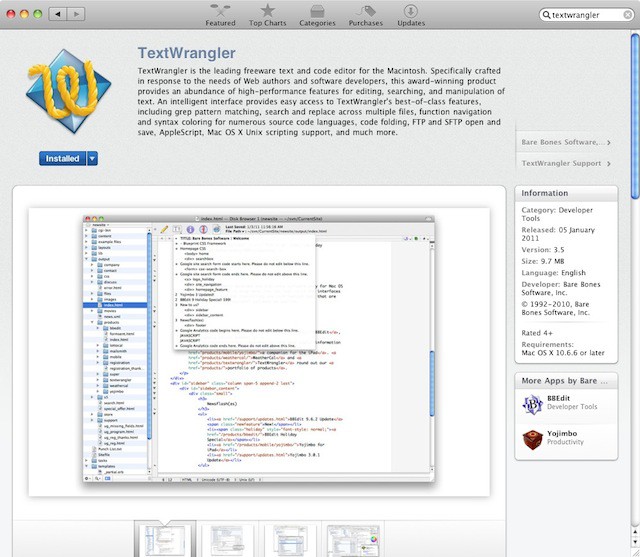
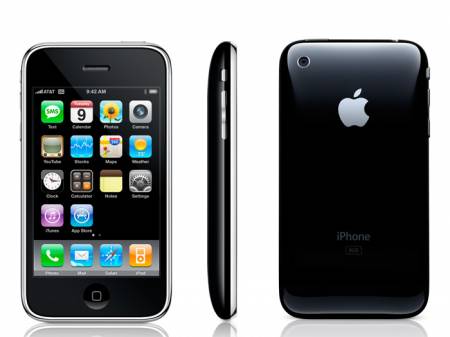




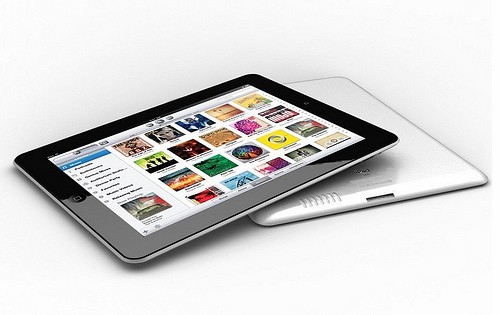
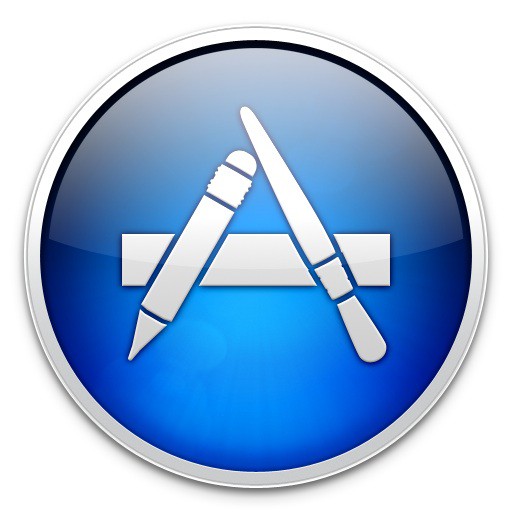
![RIM: 4G PlayBook Coming to Sprint in Summer 2011 [CES 2011] playbook_navigator](https://www.cultofmac.com/wp-content/uploads/2010/09/playbook_navigator.jpg)
![Samsung Unveils the ‘Lightest, Thinnest’ Smartphone on the Market [CES 2011] infuse-301.jpg](https://www.cultofmac.com/wp-content/uploads/2011/01/infuse-301.jpg)
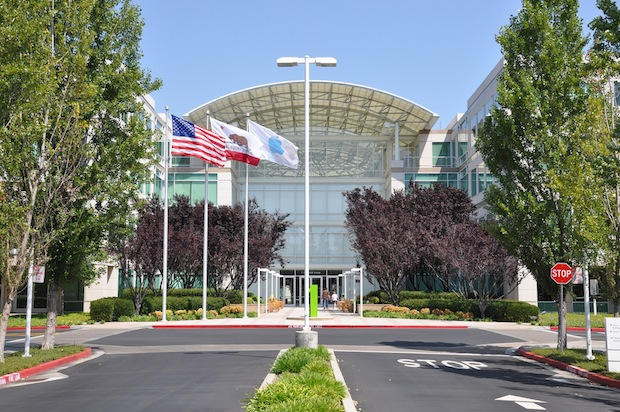
![Casio Unveils The Sexiest-Looking Camera We Think We’ve Ever Seen [CES 2011] tryx-291.jpg](https://www.cultofmac.com/wp-content/uploads/2011/01/tryx-291.jpg)
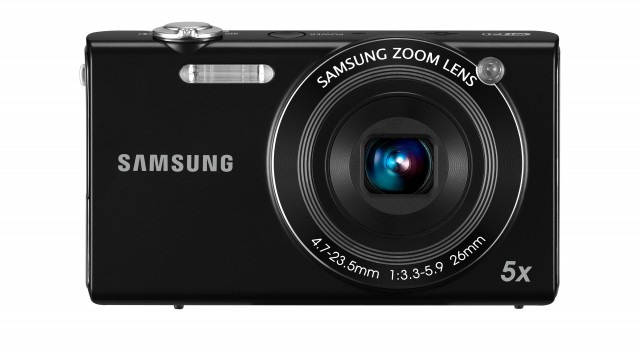
![Apple Takes Action Against Parody Steve Jobs Twitter Account [Exclusive] fake_steve_jobs1.jpg](https://www.cultofmac.com/wp-content/uploads/2011/01/fake_steve_jobs1.jpg)
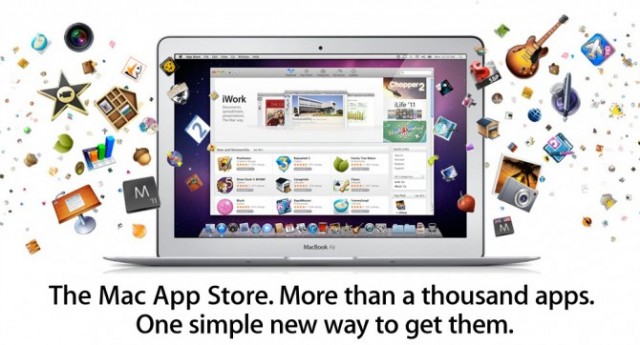
![Exclusive Hands On Time With The Much-Hyped Motorola Xoom Android Tablet [CES 2011] DSC_01871.jpg](https://www.cultofmac.com/wp-content/uploads/2011/01/DSC_01871.jpg)
